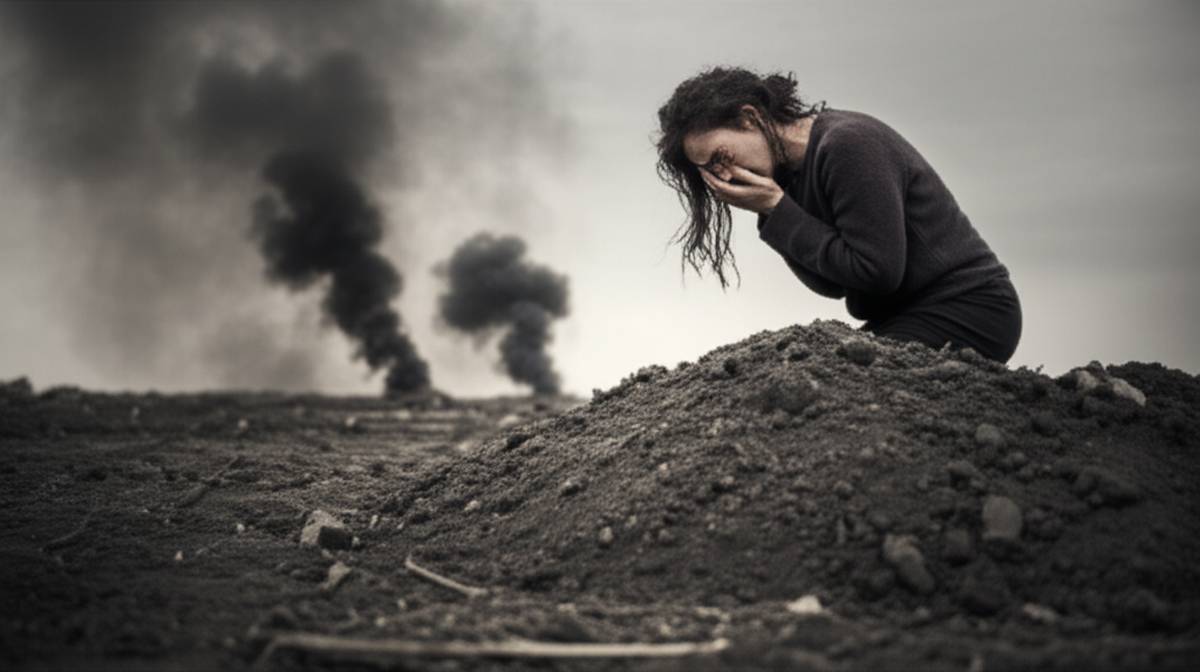Understanding the real cost of war goes far beyond budgets and casualty reports. It’s about acknowledging the profound impact on human lives, freedom, and the long-term well-being of societies. Here at Billionmode, we believe in building a better future, and that starts with understanding the true price of conflict. Let’s explore the multifaceted consequences of war, from the immediate devastation to the ripple effects that shape generations.
The Devastating Human Cost of War
War’s most immediate and tragic consequence is the loss of human life. Beyond the soldiers who make the ultimate sacrifice, countless civilians become casualties of conflict. These losses represent not just statistics, but shattered families, lost potential, and communities forever scarred.
- Loss of Life: The most obvious and heartbreaking cost.
- Physical Injuries: Lasting disabilities and chronic pain for survivors.
- Mental Health Trauma: PTSD, anxiety, and depression affecting soldiers and civilians alike.
- Displacement and Refugee Crises: Uprooted lives and uncertain futures for millions.
The Psychological Scars of Conflict
The invisible wounds of war often run deepest. Post-Traumatic Stress Disorder (PTSD) affects not only combat veterans but also civilians who have witnessed or experienced violence. The psychological toll of war can lead to:
- Anxiety and depression
- Nightmares and flashbacks
- Difficulty concentrating and making decisions
- Relationship problems and social isolation
- Increased risk of suicide
The Economic Burden of War
The economic costs of war extend far beyond military spending. While initial budgets may seem manageable, the long-term financial implications can be staggering. Resources diverted to war efforts could otherwise be invested in education, healthcare, infrastructure, and other vital areas that contribute to societal progress. This is important to consider as you start your wealth-building journey.
- Direct Military Spending: Trillions of dollars spent on weapons, personnel, and operations.
- Reconstruction Costs: Rebuilding infrastructure and economies devastated by conflict.
- Healthcare for Veterans: Providing long-term care for wounded and disabled veterans.
- Lost Productivity: The economic impact of lost lives and disrupted businesses.
Opportunity Cost: What Could Have Been
Every dollar spent on war is a dollar that could have been used to improve lives. The opportunity cost of conflict is immense:
- Investing in Education: Providing quality education for all children.
- Improving Healthcare: Expanding access to healthcare and developing new treatments.
- Developing Sustainable Energy: Transitioning to renewable energy sources and combating climate change.
- Reducing Poverty: Investing in programs that lift people out of poverty and create economic opportunity.
The Impact on Freedom and Democracy
While wars are often fought in the name of freedom and democracy, they can also erode these very values. Governments may curtail civil liberties in the name of national security, and the focus on military solutions can overshadow diplomatic efforts and peaceful conflict resolution. It’s worth asking yourself if your life design aligns with the reality of the global situation.
- Erosion of Civil Liberties: Increased surveillance, restrictions on freedom of speech, and limitations on due process.
- Undermining of Democratic Institutions: Concentration of power in the executive branch and decreased transparency.
- Rise of Authoritarianism: The use of force and the suppression of dissent.
- Creation of a Culture of Fear: Increased anxiety and distrust within society.

The Environmental Consequences of War
The environmental impact of war is often overlooked, but it can be devastating. From the destruction of forests and ecosystems to the pollution caused by weapons and military vehicles, conflict leaves a lasting mark on the planet. See how this ties to the importance of your money mindset. The decisions we make have consequences.
- Destruction of Ecosystems: Bombing, deforestation, and the use of toxic chemicals.
- Pollution of Air and Water: Contamination from weapons manufacturing, military vehicles, and industrial facilities.
- Climate Change: Increased greenhouse gas emissions from military activities.
- Resource Depletion: Overuse of natural resources to fuel war efforts.
Long-Term Environmental Damage
The environmental consequences of war can persist for decades, even centuries. Unexploded ordnance can contaminate land and water, making it unsafe for agriculture and human habitation. The use of depleted uranium in weapons can have long-term health effects on both soldiers and civilians.
Moving Towards a More Peaceful Future
Understanding the real cost of war is the first step towards building a more peaceful future. By recognizing the human, economic, social, and environmental consequences of conflict, we can work together to prevent wars and promote peaceful solutions. We can strive to build digital income streams to support peace initiatives. This includes supporting diplomacy, investing in education, and promoting economic development. As Investopedia explains, “Peace economics is a type of analysis that studies the economic costs of war and conflict”.
- Promote Diplomacy and Conflict Resolution: Invest in diplomatic efforts and support international organizations that work to prevent and resolve conflicts peacefully.
- Invest in Education: Promote education that emphasizes critical thinking, empathy, and cross-cultural understanding.
- Promote Economic Development: Support economic development initiatives that create jobs and reduce poverty, addressing root causes of conflict.
- Support Peacebuilding Organizations: Donate to and volunteer with organizations that work to promote peace and reconciliation.
Join the Billionmode community and let’s build a future free from the devastating effects of war. Subscribe to our newsletter for insights on creating wealth, designing your ideal life, and making a positive impact on the world!
FAQ: The Real Cost of War
What are the main categories of costs associated with war?
The costs of war can be broadly categorized into human costs (loss of life, injuries, psychological trauma), economic costs (military spending, reconstruction, lost productivity), social costs (erosion of civil liberties, displacement), and environmental costs (destruction of ecosystems, pollution).
How does war impact the economy in the long term?
War can have significant long-term economic impacts, including diverting resources from productive investments, increasing debt, disrupting trade, and creating economic instability. It can also lead to inflation and reduced economic growth.
What can individuals do to help prevent war?
Individuals can contribute to preventing war by supporting diplomatic efforts, promoting education for peace, advocating for responsible government policies, and contributing to organizations that work to prevent and resolve conflicts peacefully. Fostering empathy and understanding across cultures is also crucial.
In conclusion, the real cost of war is a heavy burden on humanity, impacting our lives in countless ways. By acknowledging these costs, we can work towards a future where peace prevails, and resources are channeled towards building a better world for all. Remember to start here and take action towards positive change.


